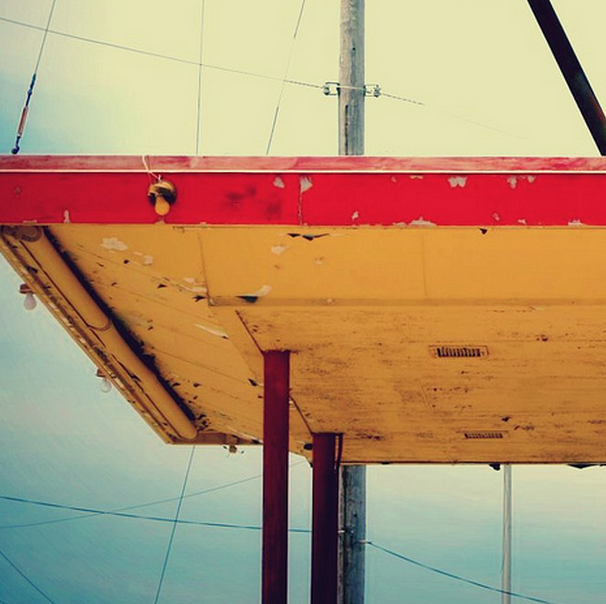To Be More Creative, Schedule Your Work at 80% Capacity

I’m fortunate to work with great partners, including a wonderful design studio right in Southeast Portland called Jolby & Friends.
I was recently with the Jolby crew on a site visit, and one of them mentioned something about how they deliberately operate their studio on an “80% capacity” model.
The idea is that they schedule themselves only 80% full in order to be available for last-minute client requests, as well as their own work. I thought this was really interesting!
I wrote to Steven, the studio manager, to ask more about how it works. Here’s what he told me:
When Josh and Colby started Jolby & Friends, they were leaving a larger advertising agency. At that agency they would collaborate on work together, but always after hours. As they took the plunge to start their own business they knew that they wanted to have the ability (and their employees to have the ability) to be able to work on things in the studio they were passionate about.
Therefore, Jolby & Friends runs on 80% capacity. What this allows us to do is go after clients that may not have the largest budgets, create work for art shows, and build out other internal passion projects (like this one, for example).
What this doesn’t allow for is people taking extra long coffee breaks, playing foosball, working on freelance work or anything of that sort. The idea isn’t for people to have to only work 32 hours but rather enable our staff to be able to create work that in a larger agency they wouldn’t have the opportunity to do. This practice often influences our client work and allows us to always be learning and pushing our current skill sets.
Lastly, it allows us to be the heroes. When a client calls and says “Is there any way you can do this for me in a week?” the answer is often replied with a smile and “no problem.”
This isn’t always the case, though. For every upside there’s obviously a downside. One issue we often encounter is contractors and vendors not being able to budget their time as efficiently as we do. We actively work on this by explaining our process in detail as well as showing the upsides to some of our processes.
The whole idea is based around a simple idea to create a creative environment in which our staff is comfortable, focused, and—most importantly—excited about what they’re doing.
***
As one of the people who’ve called to ask for something in a short period of time, I appreciate the 80% model. 🙂
But I also think it’s a great idea for people who don’t do direct client work. I often find myself scheduled so tightly that I’m not able to step away to think. Deliberately reserving 20% of time for a different kind of creative work is very attractive.
###
Image: Dyxie







